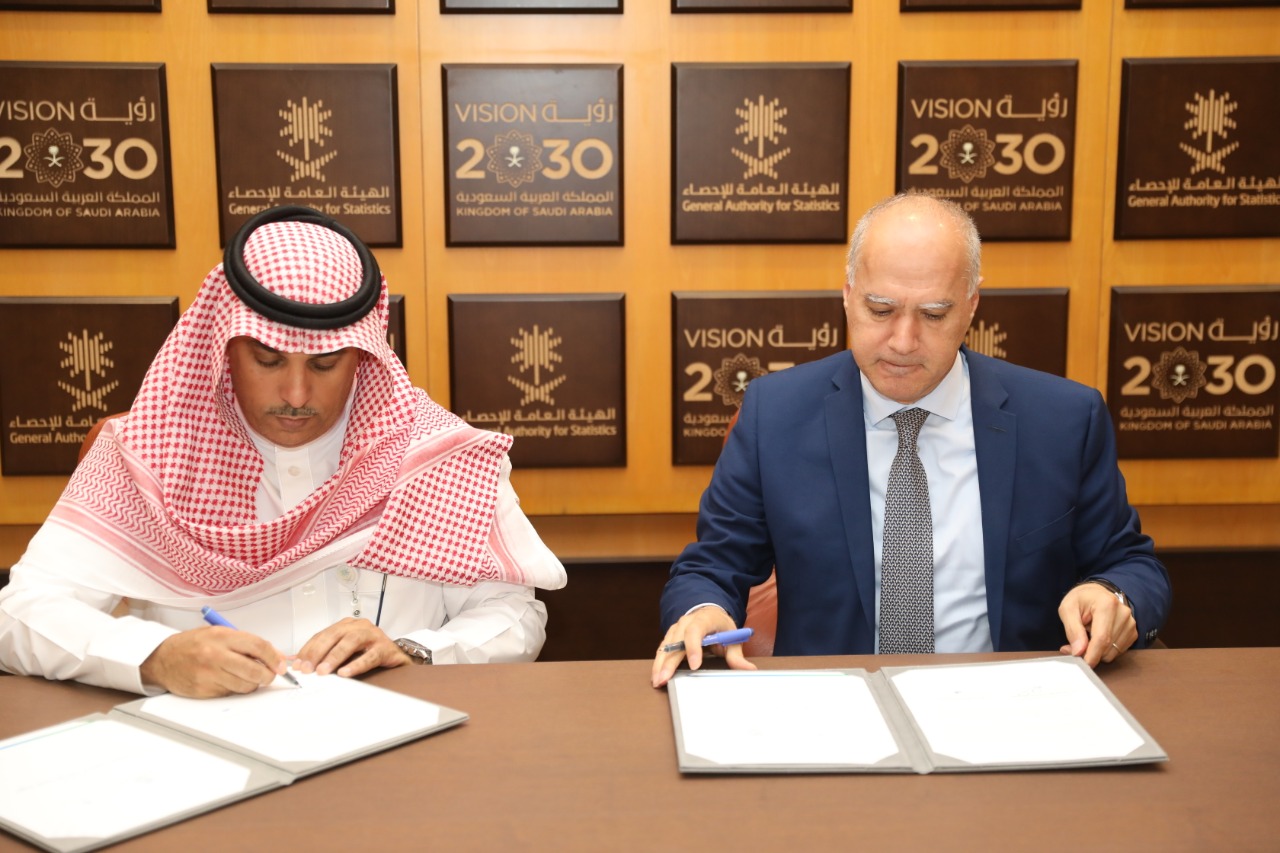
"الإحصاء" والبنك الدولي: شراكتنا تدعم الجهات الحكومية في تبادل البيانات الإحصائية وإبراز جهودها على المستوى الدولي
Signing a MoU to enhance Use of Data
“GASTAT” & World Bank: Our collaboration Supports Government Entities in the Exchange of Statistical Data and highlighting their efforts at the international level
The General Authority for Statistics (GASTAT) and the World Bank signed on Monday 5/11/1440 H (8/7/2019) a memorandum of understanding to regulate statistical data exchange and enhance the joint work to support government entities. The MoU regulates the provision of data and statistics on Saudi Arabia to the World Bank, the classification of statistical data, whether the survey data produced by GASTAT from economic and household surveys or data of administrative records collected by GASTAT from government entities. The agreement also includes the mechanisms for requesting data from sources, technical responsibilities, intellectual property rights and organization aspects of publication.
HE Dr. Fahad Bin Sulaiman Al-Tekhifi, President of GASTAT, affirmed that the organization of data exchange with international organizations is one of the strategic tracks of the work of GASTAT, which stems from Saudi Arabia’s position which is led by government entities under the guidance of the Custodian of the Two Holy Mosques and His Royal Highness the Crown Prince. Furthermore, it reflects the role of GASTAT in increasing the pace of coordination and collaboration with the international organizations concerning data and statistical indicators of Saudi Arabia. Moreover, it reflects the importance of the World Bank’s work in highlighting these indicators in international comparison programs and in carrying out studies and research relevant to the common development aspects of all countries of the world.
The Regional Director of the World Bank in the Gulf Region, Mr. Essam Abu Sulaiman, asserted that the collaboration with the General Authority for Statistics as the official statistical body of Saudi Arabia comes in order to highlight the efforts undertaken by Saudi Arabia in various fields of development, and in response to the increasing demand for statistical data, whether survey data or data from records released by government entities. He also added that the collaboration with the Saudi statistical body will play an active role in the data request operations and provision to the World Bank, and ensure their unification according to international classifications and standards. The Regional Director of the World Bank commended the procedures carried out by GASTAT which are in accordance with the international requirements and methodologies of statistical work applicable in all countries.
The World Bank is a strong partner in the GCC for more than 50 years. Government entities in the GCC have benefited from the World Bank's global development knowledge and expertise through its technical assistance programs. These include the activities in the GCC in key areas that the Bank has extensive international technical expertise in them, including improving service delivery, encouraging diversification of economic activity, strengthening governance, strengthening social protection systems and pensions. The World Bank is also working with the General Secretariat of the Gulf Cooperation Council to address interrelated issues, particularly in environmental protection.
GASTAT Releases Real Estate Price Index for Q2, 2019
GASTAT Releases Real Estate Price Index for Q2, 2019
General Authority for Statistics (GASTAT) released the report of Real Estate Price Index for Q2 of 2019. The report was published on the official website of GASTAT www.stats.gov.sa.
The real-estate price index recorded an increase by (4.0%), compared to the previous quarter (Q1, 2019), where its indicator reached (80.4) in Q2, 2019, compared to (80.1) in Q1, 2019. This increase can be attributed to the changes in the main sectors composing the indicator, where housing sector in addition to commercial sector showed an increase by (2.0%) and (8.0%), respectively, whereas agricultural sector edged down to (1.0%), compared to Q1 of 2019.
In detail, residential sector witnessed an increase in residential lands as well as apartments, reaching (0.2%) and (0.5%), respectively in Q2, 2019 compared to the previous quarter. However, a decrease was recorded in three groups: residential buildings (0.3%), villas (2.7%), and houses (0.3%). Regarding commercial sector, commercial land plots and commercial centers rose by (0.8%) and (2.1%), respectively, while exhibitions (shops) dropped to (1.9%). At the level of agricultural sector, agricultural lands fell to (0.1%).
It is worth noting that the index is based on register-based data of real-estate transactions available at the Ministry of Justice. It is an essential tool that supports entities making economic and statistical decisions regarding the movements of real - estate prices and future forecasts during different periods of time. The index has three main sectors consisting of several types of real estate classes: housing sector which includes (plot of land, building, villa, apartment, and house), commercial sector including (plot of land, building, exhibition/commercial center and shop), in addition to agricultural sector with one category which is the agricultural land.
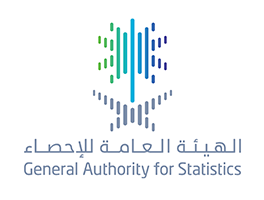
الهيئة العامة للإحصاء: تصدر التقرير الشهري للرقم القياسي لأسعار المستهلك لشهر يونيو 2019م
GASTAT: releases Consumer Price Index(CPI) Monthly Report for June,2019
General Authority for Statistics (GASTAT) released its monthly report of CPI in Saudi Arabia for June, 2019. The report was published on its official website www.stats.gov.sa. CPI index increased by (%0.2) compared to last month (May,2019).
GASTAT’s report indicated that the consumer price index CPI in Saudi Arabia increased from (105.7) in May,2019 to (105.9) in June,2019 with (%0.2) change.
As a matter of fact, the report attributed this increase to the increase of the five sections composing it, which are: personal goods and services section with (%1.8), culture and entertainment section with (%1.5), transportation section with (%0.6), restaurants and hotels section with (%0.6), and food and beverages section with (%0.2).
In contrast, three of the main sections witnessed a decline, which are: housing, water, electricity, and gas section with (%0.4), clothing and shoes section with (%0.2), finally home furnishing and equipment section with (%0.1).
On the other hand, health, telecommunication, education, and tobacco sections remained stable with no change.
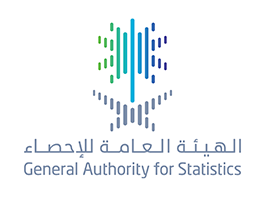
الهيئة العامة للإحصاء تصدر نتائج مسح الثقافة والترفيه الأسري لعام 2018م
Statistical Survey Issued by GASTAT for the First Time
GASTAT Releases Results of Household’ Culture and Entertainment Survey for 2018
General Authority for Statistics (GASTAT) released results of “Household’ Culture and Entertainment Survey 2018”. The survey was published on its official website www.stats.gov.sa. This survey complements the new statistical products implemented by the Authority to meet the local and international requirements of statistical data. It is first-of- its- kind survey in the field of household culture and entertainment, which will be conducted on a periodical basis every three years by GASTAT in line with the international methodology of culture statistics. The fundamental objective of the survey is to support decision makers, policy makers, researchers, and those who are interested in up-to-date data on statistics of household culture and entertainment in Saudi Arabia by (gender, nationality, educational status, age, and marital status).
(35.36%) of Saudi Arabia’s population (Saudis and non-Saudis) had a home library during the 12 months. In detail, the percentage of reading books among Saudi individuals (15 +) was (58.18%) during the 12 months. The percentage of both (Saudi and non-Saudi) individuals (15+) who read newspapers or magazines recorded (53.96%), out of total population of Saudi Arabia. For Saudis, the total percentage of Saudi individuals (15+) who read newspapers or magazines accounted for (59.46%) during the 12 months, where (67.14%) of them were Saudi males, and (51.48%) of them were Saudi females. However, the percentage of reading electronic newspapers or magazines was (66.58%), out of the total number of reading newspapers or magazines, while the percentage of reading printed newspapers or magazines reached (5.77%). As for both types, the total percentage of reading electronic or printed newspapers or magazines registered (27.65%), during 12 months, according to the results of the survey.
(42,40%) of Saudi individuals (15+) visited theme parks for entertainment or culture as the most visited places in the residence of place during 12 months. However, cultural landscapes are the most visited places for Saudi individuals (15+), recording a percentage of (57.21%), out of total Saudis who traveled inside Saudi Arabia to visit cultural or entertainment places during the 12 months. Likewise, cultural landscapes were one of the most visited places for Saudi individuals (15 +), where the total number of Saudis who traveled outside Saudi Arabia to visit cultural or entertainment places during the 12 months was (70.03%), based on the survey’s results.
Watching television or listening to radio stations recorded the highest percentage as the most cultural and entertainment activities practiced by Saudi individuals during their free time at the level of Saudi Arabia, reaching (67.02%), out of the total number of Saudis who engaged in cultural or entertainment activities during the (12) months.
GASTAT is pleased to provide its clients of data users with the detailed results of the survey. The results will be available on its website, containing about 40 statistical indicators.
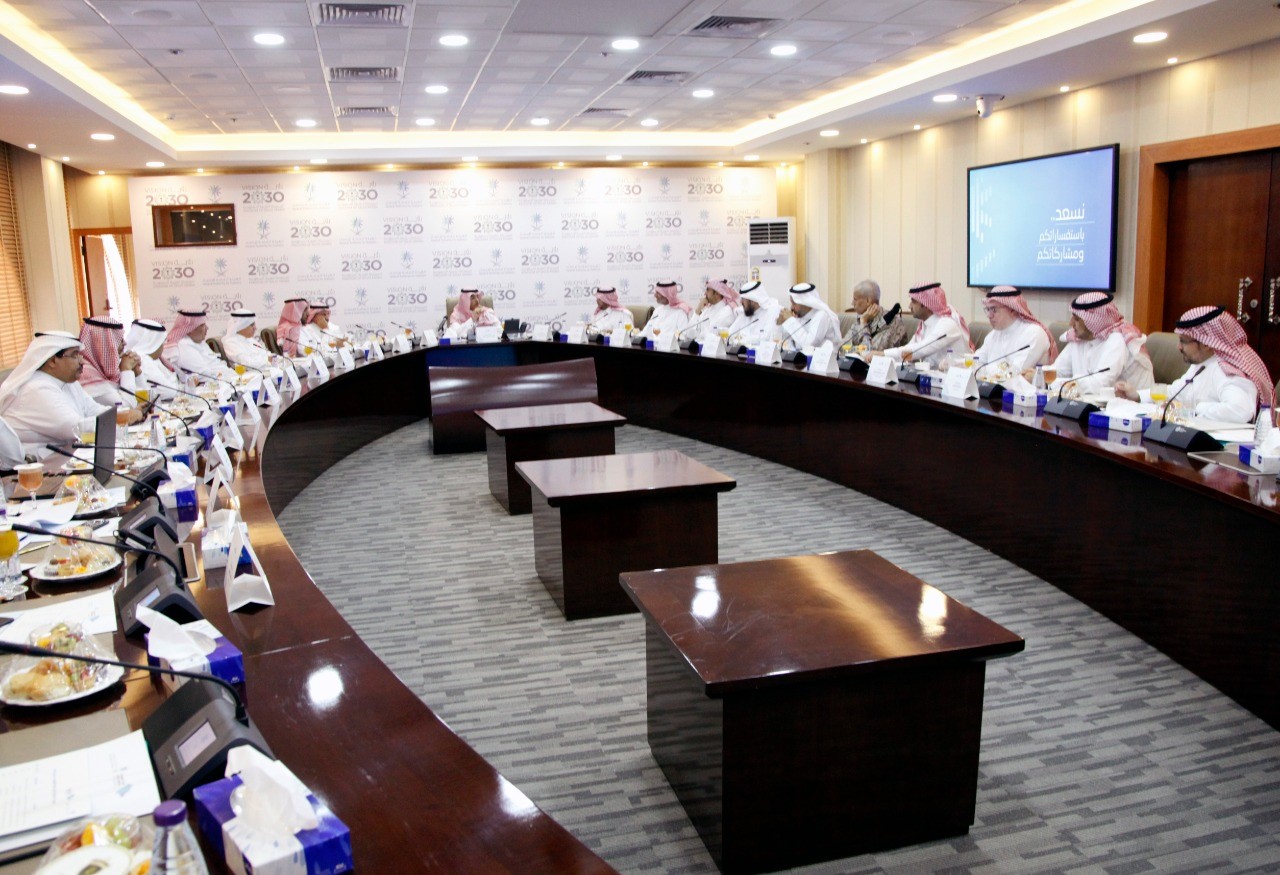
8 جهات حكومية تراجع 21 خطة تنفيذية لتعداد السعودية 2020
256 days until the beginning of Saudi Arabia Census 2020
8 governmental entities review 21 executive plans for Saudi Arabia Census 2020
The president of the General Authority for Statistics, Dr. Fahad bin Sulaiman Altekhaifi confirmed that all preparation for the General Population, Housing, and Establishments Census 2020 are complete with the participation of a number of related governmental entities. 21 executive plans within the project’s preparatory stage have been prepared, including all tasks and requirements to the census implementation. These plans also cover all stages of work in details. the executive committee of Saudi Arabia Census 2020 has held its first meeting on Wednesday Shawwal 30th 1440H at GASTAT head office, with the participation of Ministry of Interior, Ministry of Defense, Ministry of Health, Ministry of Commerce and Investment, Ministry of Education, National Information Center, and Saudi Post. All issues of electronic linkage with the National Information Center, the plan of classifications and manuals, manpower and training, maps and postal address have been discussed, in addition to a number of topics related to information technology and field works.
Altekhaifi said that the collaboration adopted by all governmental entities will enable them all from investing all means of modern technologies which provides a wide database that can be used as a reliable reference when conducting the studies and research required for Saudi Arabia developmental plans and programs, in addition to providing statistical data and indicators that measure the changes of population characteristics over time, making national and international comparisons, revising and evaluating the future population estimates, and providing detailed data that was not available before because of the nature of technologies and software that were used in the previous census ten years ago. GASTAT works with its partners to develop and build a unified geo-spatial database that covers all Saudi Arabia cities and villages, which makes a complete transformation while dealing with the geographical data of the digital image at all stages of the census, and enables data exchange with GASTAT clients in different sectors. His excellency expressed his appreciation for the great support that GASTAT and other governmental entities receive from our great leadership for the success of census works.
It is worth mentioning that there are 256 days to go until the beginning of the census. The approval of His Royal Highness, the King of Saudi Arabia has been announced previously to specify the evening of Tuesday 22nd of Rajab, 1441 H corresponding 17th of March, 2020 to be the beginning of the actual enumeration works of the Fifth Population, Housing, and Establishments Census in Saudi Arabia. This date shall be approved as the time reference date for all census works, data, and information. A new portal has been launched specifically for all details of census works: https://saudicensus.sa/
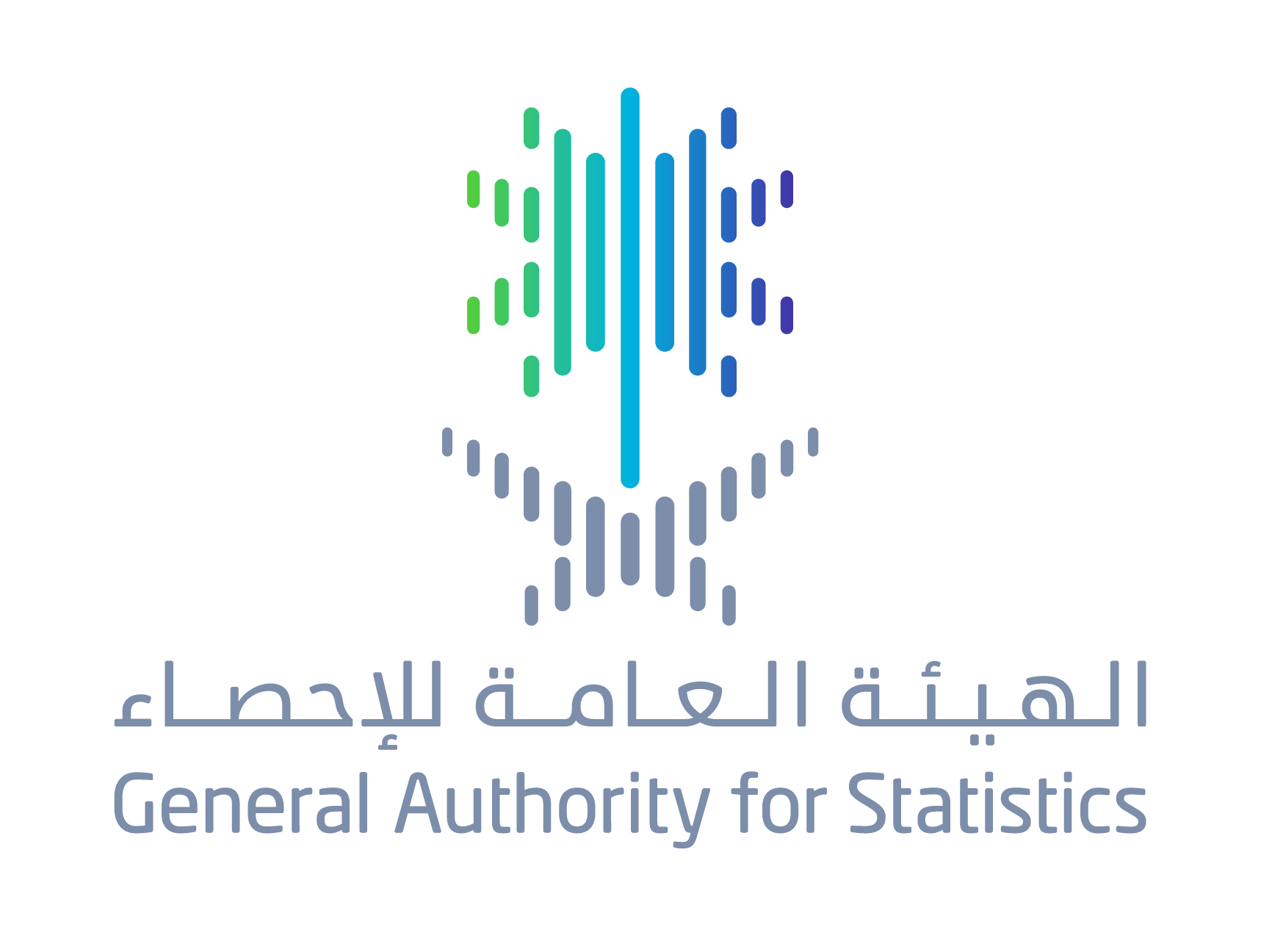
الهيئة العامة للإحصاء تصدر تقرير نتائج مسح صحة الأسرة 2018م
GASTAT Releases Results of Household Health Survey, 2018
GASTAT released the results of Household Health Survey, 2018 on its official website. The importance of this survey lies in the data and indicators provided for health. It includes indicators for health status of individuals, population suffering from chronic diseases, periodic health check-ups performed by individuals, in addition to indicators of family planning procedures, fertility rates, and child mortality.
Results showed that the percentage of (Saudi and non-Saudi) population (15+) who have good to very good health has increased, and that is based on their own assessments where the percentage hit (95%) compared to (%94.2) in 2017. In regard to Saudis, the percentage of Saudi males who have good to very good health reached to (%94.2) based on their own assessments, while the percentage of Saudi females who have good to very good health was at (%92.3) based on their own assessments.
Results also showed that (%24.3) of total population (15+) perform periodic check-ups to check their health at least once a year. Additionally, percentage of (Saudi and non-Saudi) population who are covered with health insurance reached (%38.6).
On the other hand, results of the survey indicated that the percentage of population who are suffering from chronic diseases in the age group (15+) has decreased to (%15.9) compared to (%16.4) in 2017.
Based on the survey’s results, total fertility rate of women between (15-49 years) was (1.92) birth per woman. As for Saudi females, the total fertility rate was (2.33) births per woman. The results indicated that (%32.9) of married women between (15-49 years) are using modern contraceptive methods.
Moreover, mortality rate among children under five years was (8.5) deaths per 1,000 live births, while mortality rate among infants under one year in Saudi Arabia was (6) deaths per 1,000 live births.
Results revealed that percentage of population (15+) who were diagnosed with diabetes reached (%8.5). The percentage of population (15+) who were diagnosed with heart diseases was at (%1.21). On the other hand, the percentage of population (15+) who were diagnosed with hypertension was (%7.6).
Household Health Survey also includes other indicators such as: distance between households and health centers, percentage of children under two years who are committed to vaccination, average number of hospital admissions per 1000 individuals, in addition to other indicators.

مساهمة ( 16.8% ) من السعوديين في الأعمال التطوعية ، ومتوسط ساعات العمل التطوعي لإجمالي السكان بلغ (52.2) ساعة خلال الاثني عشر شهراً السابقة للمسح
Within GASTAT surveys that are implemented for the first time
(16.8%) of Saudis contribute in voluntary works, and the average voluntary working hours of total population reached (52.2) hours during the twelve months preceding the survey
On Friday Shawwal 18th 1440 H corresponding June 21st 2019, the General Authority for Statistics (GASTAT) released the results of “ Voluntary Works Survey 2018” on its official website www.stats.gov.sa . this survey is implemented kingdom-wide for the first time within the requirements of Saudi Vision 2030.
GASTAT vice president Mr. Abdullah Albatil said that this survey aims to identify the percentage of individuals’ contribution in voluntary works, provide up-to-date statistics on the percentage of volunteers out of total Saudi and non-Saudi population (males and females), and the average working hours of those volunteers. In addition, it identifies the nature of voluntary works performed by society members and the fields of practice. The survey also gives detailed data on voluntary works by occupations and economic activities. Hence, it supports decision and policy makers, researchers, and those who are interested in getting up-to-date and comprehensive statistics that are related to voluntary work in Saudi Arabia. The survey would enable both the public and the private sectors to study the variables of voluntary work to use them in preparing the future developmental, social, and economic programs in Saudi Arabia, increasing the efficiency of voluntary work, and providing the academic sectors with the requirements of social and economic studies and research. The vice president expressed his appreciation to all the concerned entities including the Ministry of Economy and Planning, the Ministry of Labour and Social Development, in addition to a number of voluntary institutions and associations for their participation in the survey questionnaire.
The results of Voluntary Work Survey 2018 showed that the percentage of total volunteers (Saudis and non-Saudis) out of total population (15 years and above) during the twelve months preceding the survey reached (14.7%). However, the percentage of Saudi volunteers (15 years and above, males and females) during the twelve months preceding the survey reached (16.8%), where Saudi males registered (22.6%) and Saudi females registered (10.8%).
According the survey results, the average working hours of total volunteers (Saudis and non-Saudis) reached (11.2) hours during the four weeks preceding the survey, whereas the average working hours of total volunteers (Saudis and non-Saudis) reached (52.2) hours during the twelve months preceding the survey. However, the average working hours of Saudi volunteers reached (11.4) hours during the four weeks preceding the survey, whereas the average working hours of Saudi volunteers reached (52.6) hours during the twelve months preceding the survey.
The results also demonstrated reasons of voluntary work for Saudis, where (40.6%) of Saudi volunteers (males and females) said that the desire to help others motivates them to volunteer. (28.7%) said that volunteering is a national obligation, whereas (8.5%) of Saudi volunteers think that volunteering is a good opportunity for communication. However, (4.3%) believe that volunteering contributes in developing one’s skills.
It is worth mentioning that the survey has covered all voluntary work fields which include any unpaid work performed by an individual in public social activities or for a certain governmental or private organization covering all humanitarian works such as providing people in need with support and donations which helps improving their lives. Saudi Arabia is well known for its volunteering works during Hajj and Umrah seasons.
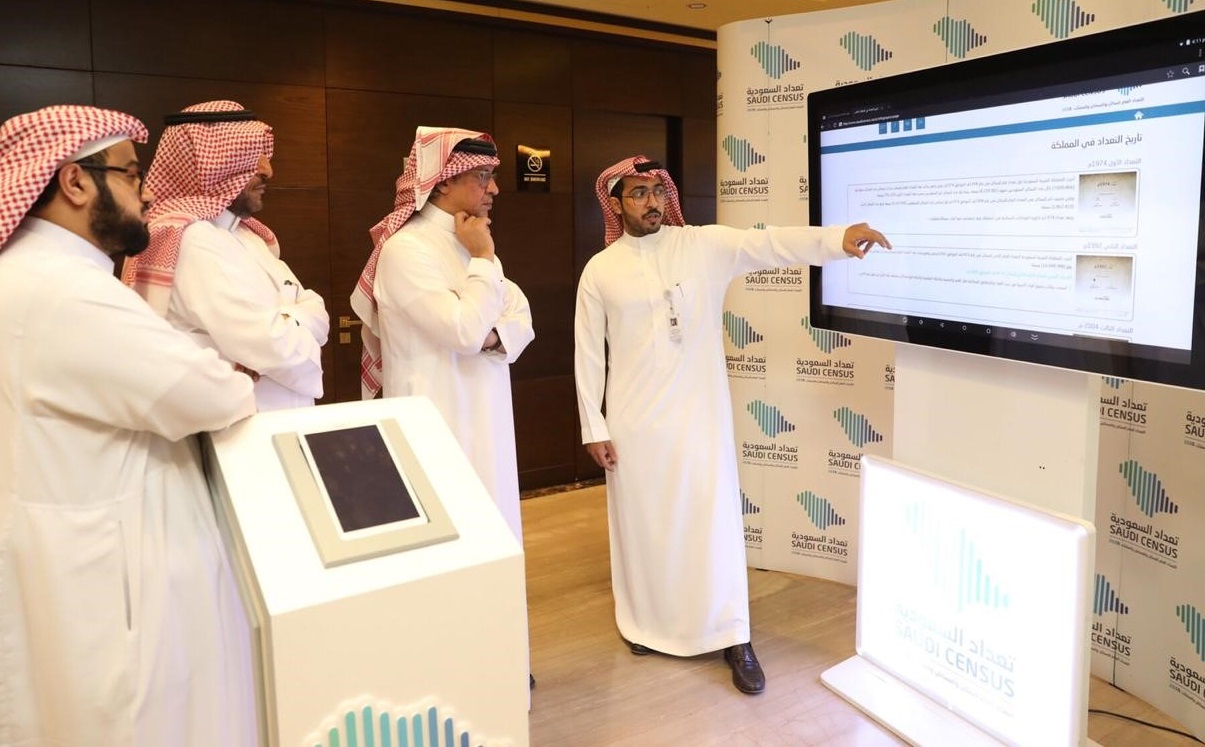
الهيئة العامة للإحصاء تطلق بوابة تعداد السعودية 2020م و "نظام العد الذاتي "
GASTAT Launches “Self-enumeration System” and e-portal for Saudi Arabia’s 2020 Census
Minister of Economy and Planning and Chairman of the Board of Directors of the General Authority for Statistics (GASTAT) Muhammad Bin Mazyad Al-Tuwaijri launched on Mondy 14/10/1440H (June 17th ,2019) the e-portal for Saudi Arabia’s 2020 census, as an awareness platform for everything related to the fifth census of housing, populations, and establishments 1440H-2020 through its official websites www.stats.gov.sa
A detailed presentation for the e-portal including its objectives as well as the preparations of the census was reviewed by HE. In fact, the e-portal of Saudi census 2020 is an official platform for all census’s news and everything related to it including announcing and publishing results, it is also a platform for spreading statistical awareness in general, deputy of GASTAT for strategic communication and clients support Taiseer AL-Mofarrej said.
The e-portal has special windows for the past four censuses and their results, it also includes windows for news and awareness content that shed light on the preparations made until now for Saudi Arabia’s 5th census, AL-Mofarrej clarified. He also added that citizens and expatriates will be able to complete the census form online through (self-enumeration system) via the website on March 2020, which is considered one of the most important modern methods for population census, as it will enable heads of the households to register all data of the family without the need for the visit of the statistical researcher to their places. This system will be used as one of the tools to collect statistical data from households in Saudi Arabia’s census 2020. On the other hand, spreading the statistical awareness among the society will lead to success of the self-enumeration experience since knowledge of technology is now considered as a feature of the Saudi society in all age groups, he added.
It is worth mentioning that the Council of Ministers has approved the implementation of the General Population and Housing Census for 2020 as the fifth census of Saudi Arabia. Tuesday’s evening, 22 Rajab 1441 (17 March 2020) will be the beginning of the actual enumeration for the 5th census of population and housing in Saudi Arabia. This date shall be the approved date for the time reference of all census works, data and information.
2020 census will provide a huge database that will be used as a reliable reference to conduct studies and researches required by the development plans and programs in Saudi Arabia, in addition to statistical data and indicators for measuring the change in the characteristics of population that occurred by time, also to make international, regional, and local comparisons, as well as reviewing and evaluating future estimates of population.
Saudi Arabia has implemented the first official census in its comprehensive sense in 1394 AH (1974). The second census was in 1413H (1992). The third census was conducted in 1425H (2004). 1431H (2010) census was the fourth census and was carried out by the Department of Statistics and Information before being transformed into the General Authority for Statistics.
